What is it for?
Currently there are multiple packaging tools being popular in Python community and while setuptools still seems to be prevalent it's not a de facto standard anymore. This situation creates a number of hassles for both end users and developers:
- For
setuptools-based packages installation from source / build of a distribution can fail if one doesn't have setuptools installed;
pip doesn't support the installation of packages based on other packaging tools from source, so these tools had to generate a setup.py file to produce a compatible package. To build a distribution package one has to install the packaging tool first and then use tool-specific commands;- If package author decides to change the packaging tool, workflows must be changed as well to use different tool-specific commands.
pyproject.toml is a new configuration file introduced by PEP 517 and PEP 518 to solve these problems:
... think of the (rough) steps required to produce a built artifact for a project:
- The source checkout of the project.
- Installation of the build system.
- Execute the build system.
This PEP [518] covers step #2. PEP 517 covers step #3 ...
Any tool can also extend this file with its own section (table) to accept tool-specific options, but it's up to them and not required.
PEP 621 suggests using pyproject.toml to specify package core metadata in static, tool-agnostic way. Which backends currently support this is shown in the following table:
Does it replace setup.py?
For setuptools-based packages pyproject.toml is not strictly meant to replace setup.py, but rather to ensure its correct execution if it's still needed. For other packaging tools – yes, it is:
Where the build-backend key exists, this takes precedence and the source tree follows the format and conventions of the specified backend (as such no setup.py is needed unless the backend requires it). Projects may still wish to include a setup.py for compatibility with tools that do not use this spec.
How to install a package in editable mode?
Originally "editable install" was a setuptools-specific feature and as such it was not supported by PEP 517. Later on PEP 660 extended this concept to packages using pyproject.toml.
There are two possible conditions for installing a package in editable mode using pip:
- Modern:
Both the frontend (pip) and a backend must support PEP 660.
pip supports it since version 21.3;
- Legacy:
Packaging tool must provide a setup.py file which supports the develop command.
Since version 21.1 pip can also install packages using only setup.cfg file in editable mode.
The following table describes the support of editable installs by various backends:

